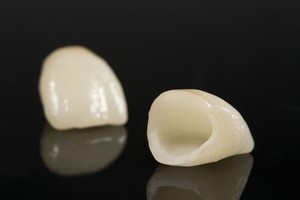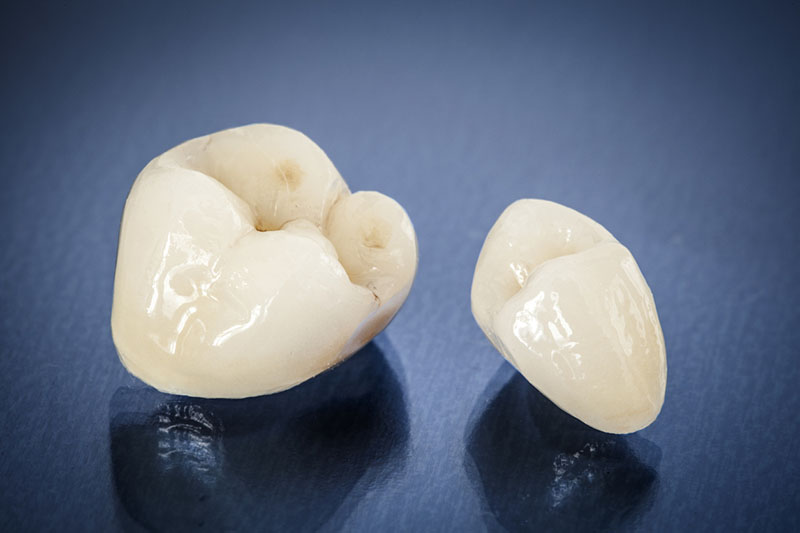What to Expect When Getting a Crown

Preparing the Tooth
First, your dentist will prepare the tooth for your crown. This may involve filing down or building up the broken tooth so the crown will fit and adhere securely to the tooth. The dentist will then take an impression of the tooth to be sure the crown is perfectly molded to fit your mouth.
Temporary Crown is Placed
Once you are fitted for your permanent crown, a temporary crown will be placed over the broken tooth until the permanent one is ready. It’s important to be very cautious while eating or brushing with your temporary crown.
Permanent Crown is Fitted and Installed
When your permanent crown is ready, you will need to see your dentist for the final installation. The temporary crown is removed and the broken tooth is cleaned. The crown is then placed over the tooth and x-rays are taken to confirm the fit is tight and secure. Small adjustments may be made to make sure your bite feels comfortable.
Bonding Material is Applied
The last step is cementing in the new crown. The bonding material is incredibly strong and will permanently adhere the crown to your tooth. Your dentist will recommend you refrain from eating and drinking for a short period after the installation to ensure the bonding material thoroughly sets. With proper care, your permanent crown could potentially last a lifetime.
What are the Different Types of Crowns?

There are a total of four types of dental crowns available to patients. Depending on the individual’s needs and the extent of the damage to the tooth, your dentist will determine the best option from these choices:
1. Metal Crowns
These are constructed from alloy metals such as gold, nickel, chromium or palladium. The durable material makes these crowns the longest lasting option and strong enough to withstand teeth grinding and high pressure. Because the metal cannot be matched to the natural color of teeth, they are most commonly used on molars where they are not as conspicuous.
2. Resin Crowns
These crowns are generally not as expensive as other options and are less durable than the metal crowns. This is the material most commonly used in temporary crowns because they tend to wear down faster or fracture more easily.
3. Porcelain-Fused-To-Metal Crowns
These hybrid crowns have a strong metal base with a porcelain layer on top. They are popular due to the ability to look more natural, but the porcelain can still chip if too much pressure is applied. These crowns are often used on front teeth or for dental bridges.
4. All-Porcelain or All-Ceramic Crowns
These crowns can be matched to your teeth easily so they blend in perfectly with your smile and are incredibly durable when compared to other crowns. Your dentist will be able to assess whether this option is ideal for you.
























